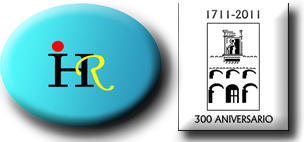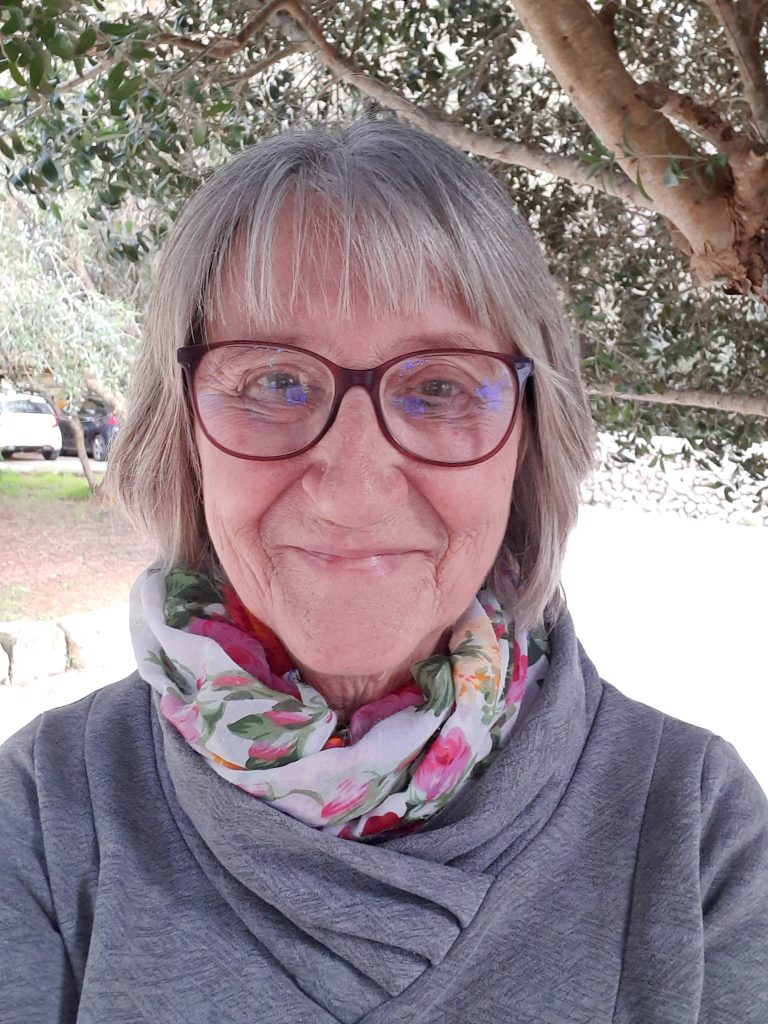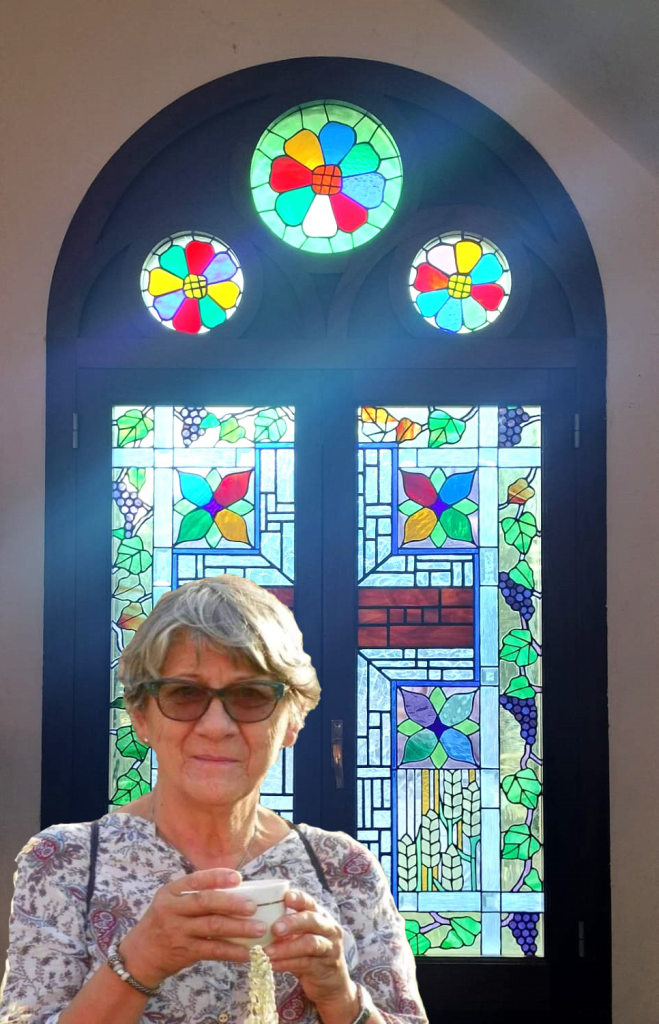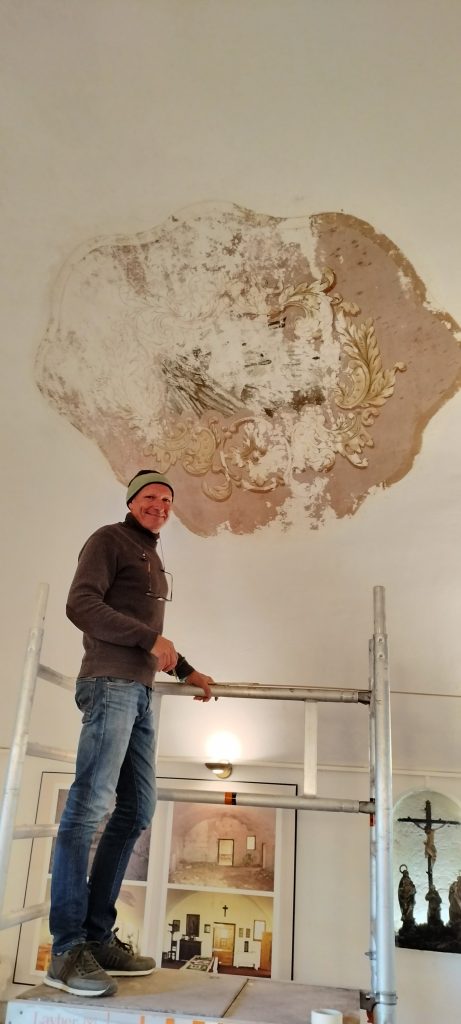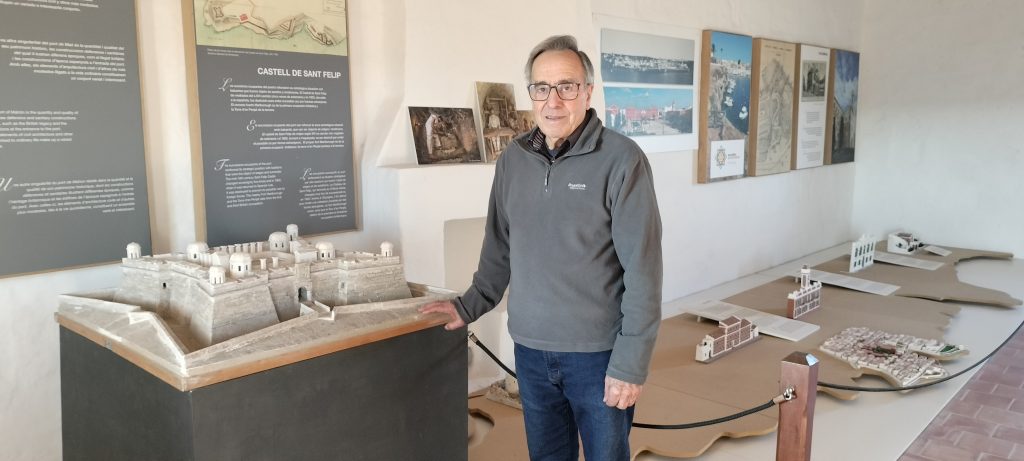The volunteers of s’Illa del Rei
The three artists of King’s Island
At the end of 2024, the King’s Island Hospital Foundation will celebrate twenty years of uninterrupted work despite all the difficulties and vicissitudes it has encountered. For twenty long years, he has not stopped scrutinizing and examining every stone, every tile and every beam to consolidate, care for and repair this immense “mammoth”, the object of constant diagnoses and meticulous work, often only with the means at his disposal. and inexhaustible energy. Who would have bet a cent on the rebirth of this sad ruin when, at the end of 2004, a small group of volunteers bravely began to launch this colossal project?
Today, the Hospital has once again become one of the best jewels in the crown of the port of Mahón, after the enormous reconstruction work. It now houses an extraordinary medical museum, as well as an Interpretation Center on the first floor, which covers the great hours in the history of the port of Mahón. It is fair to say that the uniqueness of the group of volunteers lies in the variety of their talents: each one has a particular know-how that ranges from learning acquired in this field to professional experience of many years that, in a certain way, has been recycled in this project. But although everyone finds their place and their usefulness in such a diverse group, a few stand out for the touch of beauty, the aesthetic “plus” that they have added to this space that, without their creativity and mastery, it probably would have seemed less bright.
Already in the reconstruction phase, María Paz de Andrés expressed her desire to create stained glass windows for the island’s chapels. This artisan, attracted from a very young age to the arts of drawing and painting, had studied at the Arts and Crafts schools in the Madrid district of Latina. After a first period in Menorca, he trained in stained glass techniques, also in Madrid. Later, self-taught, he learned the technique of cut glass (Tiffany lamp technique), which he transferred to stained glass. Starting from the general design, he makes a precise drawing of each piece, then selects the glass (color, texture, transparency, etc.), numbers each piece (sometimes very small) which he delicately cuts and polishes, before assembling and welding them with a lead mesh. This Benedictine task can take months for a single stained glass window, but she has lost the habit of counting the hours. His work illuminates and magnifies the Anglican and Catholic chapels, each with its own sacristy, as well as the nuns’ small oratory upstairs. Paz is also the author of other ornamental works: a decorative mosaic (room of the Chamber of Commerce), a monumental panel that combines different techniques ( in the boutique), mosaics of plants for the Pharmacy department and of fish for the Malacology department. . According to María Paz, ” the feeling of beauty is something that everyone carries inside. Some keep it to themselves. Others feel the need to express it, in one way or another .”
In the early 2000s, the Catholic chapel looked completely desolate. This chapel, built at the end of the 18th century during the Spanish domination of the island (recovered from the English by King Charles III), and dedicated to Saint Charles Borromeo, seemed to have been used as barracks by Attila’s hordes. Only the four grisaille frescoes that adorn the ceiling had survived, although badly damaged by the humidity that had reigned for 40 years in a place open to the four winds. One of our volunteers, Toni Arcas, accepted the challenge of saving these frescoes from certain disappearance. Graduated in Fine Arts and painter, Toni worked as a teacher and director at the Menorca Art School until his retirement two years ago. His first task was to fix the painting so that the damage would not spread to the entire fresco. He then proceeded to the restoration itself, using the most appropriate painting methods and techniques. To reconstitute the central drawing, the painter has taken as reference old photos that showed the frescoes in the best state of conservation: the four evangelists represented with their attributes (eagle, ox, lion, angel). As for the decoration surrounding each figure, it is more or less the same for the four frescoes, and the one that has been best preserved serves as a reference for work on the other three. The entire process requires great precision, delicacy and concentration. Not to mention that the painter works “Michelangelo-style”, standing or contorted on a scaffold, with his arm constantly raised in a difficult and exhausting exercise. Toni doesn’t count his hours either: he estimates that the project will be finished by the spring of this year. A long restoration, as wonderful as it was unexpected. Well done, artist!
Finally, a third person has chosen, now retired, another way to express his sense of beauty : reproducing all the historical and architectural heritage of Menorca in models of various sizes. This is the immense task that Toni Bagur has set himself, collecting everything remarkable about the island: windmills, stately homes, monuments, defense towers, “barracas de bestiar ” , the Naveta des Tudons , the Lazaretto, the square of ‘Es Castell, the Castle of San Felipe (in its entirety!), the Hospital and the Basilica of Isla del Rey, the church of Sant Lluis , … and all the historical buildings that adorn the two shores of the port of Mahon. As Toni modestly says: ” Everything I learned in construction, I simply apply here to my models .” But you have to see him work, in the silence and calm of his small workshop in Sant Lluis , to appreciate his skill: surrounded by a panoply of very simple tools – a file, some bits, a small very fine saw – and a very fine material. almost unique, the Marés, who knows how to work like a true goldsmith, until obtaining, for example, small elements 2 millimeters thick. Each piece is made entirely by hand, small tiles and tiny windows, arches and bell towers, with admirable precision and perfection. Some of these delicious miniatures have been installed in the room of the Interpretation Center dedicated to the historical buildings that border the Port of Mahón. The others, distributed throughout the different rooms, give as faithful an idea as possible of the buildings that make up the architectural heritage of the island: a first-rate contribution to a better knowledge of Menorca’s past.
What these three artist-volunteers have in common is the taste for beauty, the concern for a job well done, the mastery of complex techniques, the unlimited donation of their time: They share all this generously. To the delight and amazement of visitors who come every summer to rediscover the history of the island.
Viviane PERRIER
Volunteer
